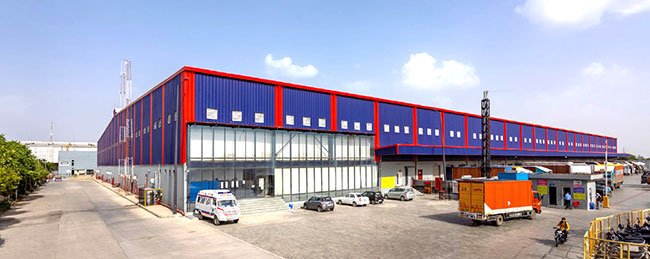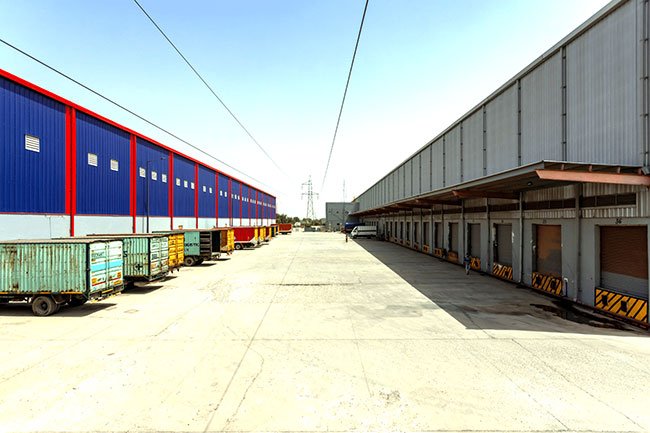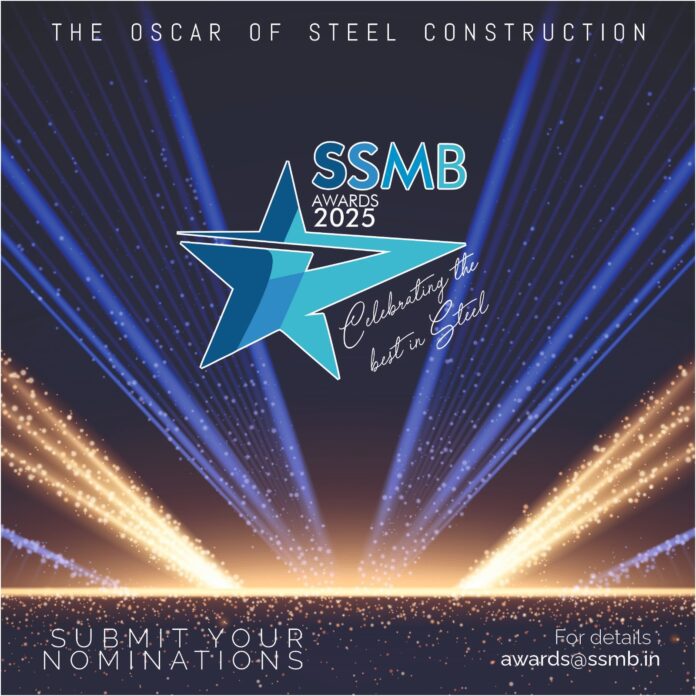With over 15 years of extensive experience in designing and leading institutional, industrial, residential and prestigious infrastructural projects across the country, she is an architect of excellent professional aptitude… she has been instrumental in steering the growth trajectory of CEM Engineers over the past decade…
A firm believer in simplifying complex design and engineering problems, she brings an inside-out approach to a project… here’s Sneha Gurjar, Director, CEM Engineers, sharing her opinions…

What are the major advantages of using steel vis-à-vis conventional materials
The use of steel in buildings offers a number of significant advantages relative to other building materials, which include:
- Speed of construction- Steel construction involves prefabricated elements that are manufactured off-site and can be rapidly installed on-site with minimal problems. Projects, where time and return on investment are crucial factors, benefit from the use of steel.
- Better QC and safety- Steel structures are mostly pre-fabricated and are manufactured under controlled factory environments.
- Adaptability and Flexibility – The life of steel structures can be drastically lengthened in comparison to conventional materials where their purposes can be limited.
- Sustainability – Steel structures are 100 percent recyclable which is a major advantage as we make our way toward a circular economy. Steel also offers opportunities for the refinement of architectural expression in tandem with the building techniques used.
- We recently designed a facility where special protection of the building was part of the design brief and this was achieved by incorporating steel in the design for its various advantages. Although a higher degree of precision was required during execution, the pre-fabrication of components was a great advantage for the project’s construction.

How can structural steel be innovatively used in construction to provide design aesthetics and at the same time offer economical solutions?
Structural steel brings in plenty of possibilities in a project, like allowing spaciousness and flexibility in design. There is a possibility of sleeker sections and longer spans combined with quality control due to the prefabrication of most parts. This impacts the experiential aspect of spaces for all scales of projects and is especially evident in mega projects like airports, sports facilities, hangars, special stores, warehouses, etc.
For projects at high altitudes, constructing in steel becomes imperative for certain project typologies. As designers, we can rest assured in such cases due to the modularity, QA-QC and safety of steel construction, leaving little scope for time and cost overruns.
What is your take on the variety of sections/grades provided by our steel producers for various demands of creativity?
The variety of sections and grades offered by our steel producers has improved considerably over the last decade. Both, the variety and the demand for sections go hand in hand as does the skill to work with the steel. The use of steel in design is also becoming mainstream with visible projects using it as a standard building material.

What trend are we going to witness in the next 5-7 years, as far as designing structures with steel is concerned?
With the recent emphasis on a circular economy by the government, steel, being a sustainable and recyclable building material, is likely to see more use. Further, prefabrication of steel elements leads to saving time and budgets and definitely makes the cut for projects of scale. We are exploring the use of steel on some of our niche projects where special safety features come into play. Structural steel components, when used by themselves or with concrete infill, are specially modelled and subject to design conditions. In addition, some technical projects require that particular alloys or thicknesses of steel be used to serve the design and engineering intent. The available software help in economizing the use of steel for large span and structures with special applications.

What should be the strategy of the industry in promoting structural steel construction in India?
Raising the general awareness of the design and engineering community about the cutting-edge work being done in the steel industry is bound to encourage its use. Demonstrating the advantage and positive life cycle impact of using steel through a model project can benefit the industry with the involvement of designers and premier institutes like IITs.
Which are the iconic steel-specific projects executed by you?
We continuously work on projects that use steel as the main construction material such as large-span structures, special storage buildings, warehouses, and protected structures. One particular project that we worked on involved very tall steel structures of approximately 450 meters which was completely pre-fabricated in steel.




